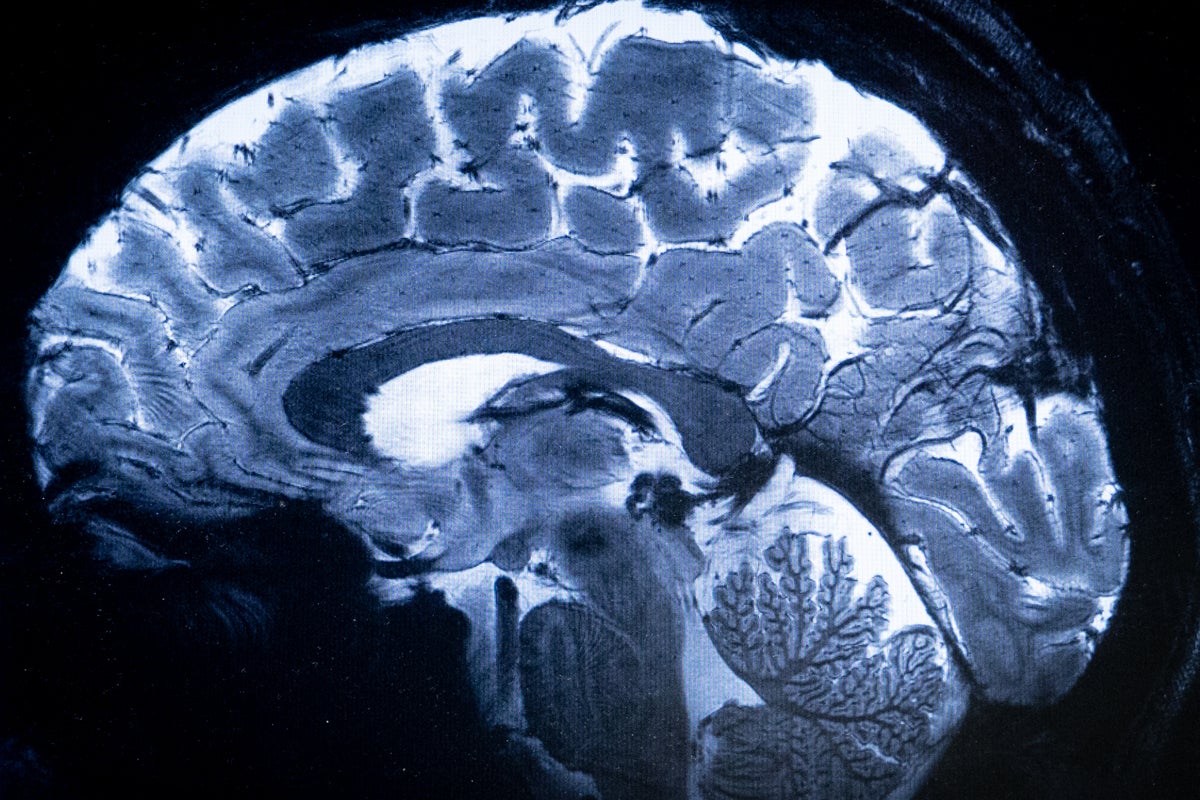Home / Health / Childhood Brains Show Surprising Similarities Across Disorders
Childhood Brains Show Surprising Similarities Across Disorders
18 Nov
Summary
- Largest international study analyzed nearly 9,000 children's brain scans.
- Four common youth mental health conditions share brain structure similarities.
- Research suggests integrated treatment strategies may benefit multiple disorders.

A landmark international study involving nearly 9,000 children has uncovered significant similarities in brain structure across four common mental health conditions. Researchers found that generalized anxiety disorder, depression, ADHD, and conduct disorder share reduced surface area in brain regions crucial for emotional processing and threat response. This discovery challenges the traditional approach of studying these disorders in isolation.
The findings, published in Biological Psychiatry, indicate that integrated treatment and prevention strategies could be developed to benefit young people with a range of conditions. Despite observed sex differences in the prevalence of these disorders, the study found that brain structure changes were similar in both girls and boys, suggesting other factors like early environment may play a role in these disparities.
This extensive research, pooling data from 68 international groups, highlights the interconnectedness of youth mental health at a neurological level. The implications are profound, suggesting a unified approach to understanding and treating common childhood and adolescent mental health challenges.




